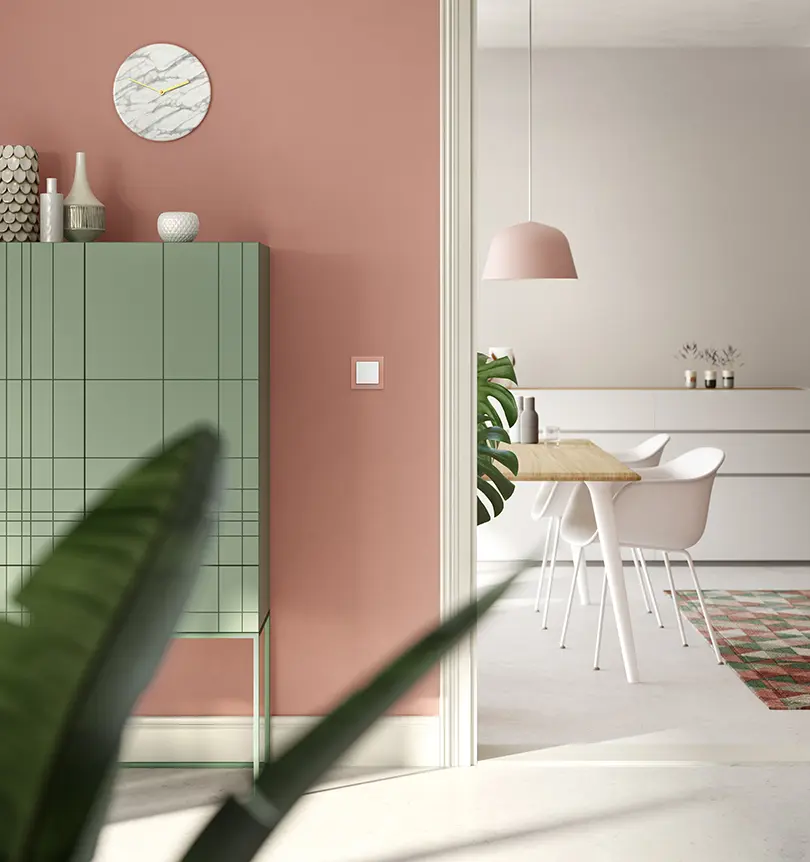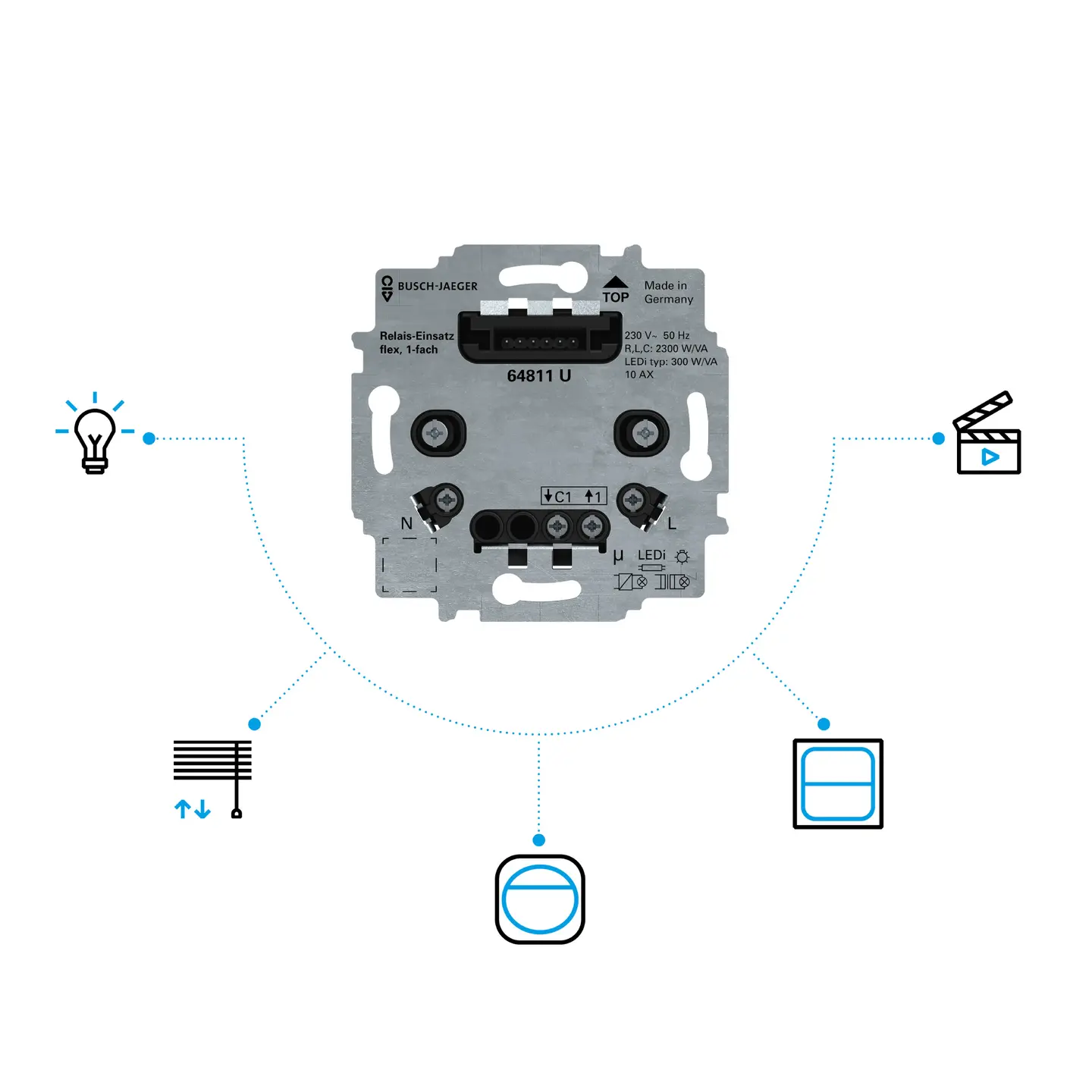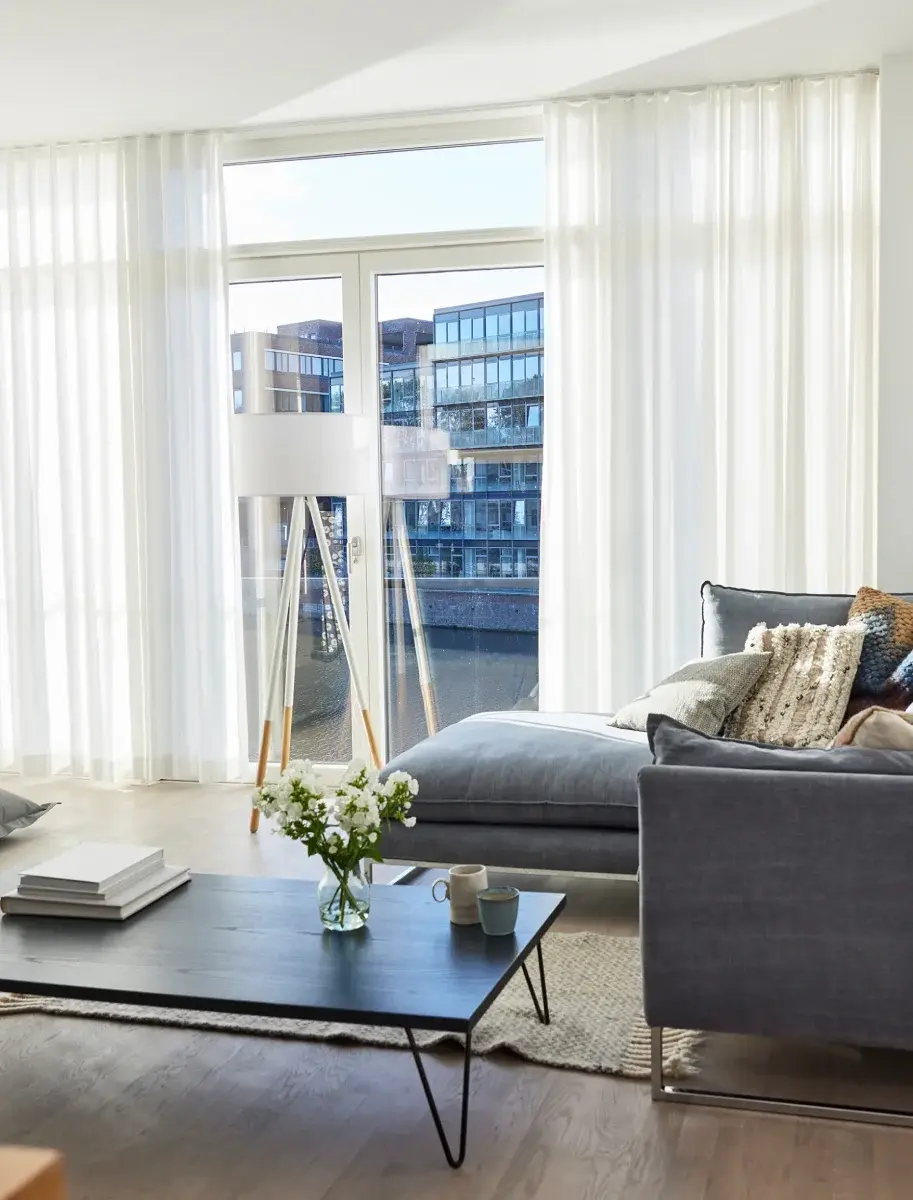The order could not be shipped.
The order was successfully shipped.

Renovation living room
Have you had enough of your living room? And the last few years have left their mark on the walls, floor and furniture? Then it's time for a renovation! You can achieve great results in your own living space with just a few simple steps.
You should consider and determine the following things for your "living room renovation" project:
- To what extent you want to renovate.
- Make a detailed plan of goals and costs.
- Set a budget for the entire renovation.
- Allow enough time for the implementation.
A new living room in 10 steps
1. Planning
Gather ideas and inspiration for your new living room. Do you want to modernise the room, make it cosier or simply freshen up the look? Once you have answered this question and thought about the specific steps you need to take, it's time to buy the materials. Make sure you buy the right amount of each material. Make sure you have measured the area of the room correctly.
2. Preliminary work
Now you can do the preparatory work for your living room renovation. You should organise enough helpers to carry heavy cupboards and sofas. You can temporarily store things you want to keep in another room or in the basement. Everything that needs to go can be thrown away, given away or sold. If necessary, tear out the old floor covering and remove the old wallpaper. Don't forget to remove the skirting boards and tape up the doors and windows. After all, it takes a lot of effort to clean paint and varnish splashes from these afterwards. Remove lamps, sockets and light switches. Important: switch off the power beforehand.


3. Walls
The first step is to tackle the walls and ceiling. Specialist painting companies will help you with this step of the renovation, plastering holes and cracks and then painting or wallpapering. New colours can make the room look larger or smaller. Take colour psychology into account when choosing your new wall colour. Yellow, for example, has an invigorating effect, while a cool blue colour has a calming effect. Light colours give the impression of a larger space than a darkly painted room. If you have a small living room, avoid dark colours when renovating, as they absorb light and make the room look even smaller.
4. Floor
Now it's the floor's turn. If you have a wooden floor, it is often enough to sand it down and re-oil it. If you are laying new flooring, there are various materials available. Click laminate has been a hit since the 1990s. Laminate, vinyl and PVC are low-maintenance, hard-wearing and easy to lay. As these floor coverings are available in different designs, they can be perfectly matched to your interior style, for example in a wood or tile look.
5. Skirting boards and lamps
Once the floor has been laid and the wall has dried, you can fit the skirting boards. As with the flooring itself, there are countless options - from solid wood to plastic, from minimalist to eye-catching. Particularly practical: models with a built-in cable duct. These make unsightly cables simply disappear from view. You can also reattach the lamps.


6. Light switches and socket outlets
Now that the covers of light switches and sockets have been removed, it is a good opportunity to choose a new design to match your new living room, depending on the condition of the covers. Light switches and sockets in particular are often neglected, but they also make a significant contribution to the overall impression of a room. If the flush-mounted insert is still in good condition, you can also just fit new frames and rockers. Make sure that the size is identical to the previous model. Talk to your specialist electrical company and find out in advance. This is because frames and rockers can now be more than just white. Switch series such as future linear®, Busch-art linear® or Busch-axcent® pur really bring colour into play.
7. Equipment
Now that you've finished the time-consuming work, it's time to furnish your newly renovated room. Even if you don't buy any new furniture, you can give your room a completely new look. After all, who says that every piece has to go back to its previous position? Of course, the room dictates certain placements - through the layout, sockets or connections. Nevertheless, it's worth putting the previous arrangement to the test and trying out new variations.

8. Clima
For a good indoor climate, use plants that promote this, such as birch figs, arched hemp or nest ferns. Plants also create a fresh atmosphere.


9. New technology
You can also use a renovation to set up a new entertainment system, for example to mount the TV on the wall or place a new sound system. You can also make your living room intelligent by replacing the existing flush-mounted inserts with the new generation of electronic inserts and top units from Busch-flexTronics® Wireless. The versatile range has a modular design and can use wireless sensors to switch and dim lights or control blinds and shutters via switch, smartphone or tablet.

10. Accessoires
You can quickly set new accents with accessories. A new lamp or a new rug that matches the colour of the room often work wonders and don't cost much. Add a few matching new cushions, vases and picture frames - and your new room is ready!
Did you actually know that...
... the living room was born in the first half of the 19th century. From around 1815, elegant Biedermeier furniture made of finely polished and decoratively grained wood caused a sensation. Tables, chairs, chests of drawers and upholstered furniture are made of walnut, mahogany or cherry. The furnishings focus on the representative, so that the first living rooms are not used for cosy living, but rather for entertaining house guests.
... in the 1920s, the gramophone brought lightness and music into the living room. Upholstered furniture, side tables and storage furniture are still modelled on the Biedermeier style. But the development of industrial furniture production was on the horizon. A new yearning for simple form and good function led to the founding of the Bauhaus School in Weimar in 1919. This style-defining teaching institution continues to influence architecture, arts and crafts and furniture design to this day.
... the way people use the living room changed with the social and technological developments of the 20th century. From the 1950s onwards, the arrangement of furniture in the living room, which is still common today, was introduced for the first time. The first mass-produced televisions form the centre of the room, to which seating, storage furniture and, in some cases, lamps are added.
What should you look out for when furnishing the living room?
All furniture within a room should match each other in terms of basic design and proportions. Make sure that the room is filled but still has enough free space.
You can instantly change the ambience of a room with a coloured wall. This requires a little courage and colour charts. Compare different shades or integrate smaller areas of colour into the living room over several days. This will give you a feel for whether you really like the colour.
Sufficient light should also illuminate the room in the living room. Choose warm, indirect lighting that also encourages relaxation and a sense of well-being. Several light sources support a cosy feeling. And with a Busch rotary dimmer or a Busch-Memory series dimmer® you can create the right lighting mood in no time at all.
A rug that is too small often looks out of place. Therefore, be a little more generous with the size of the rug. This is because a large rug conveys cosiness and you can use it as a connecting element between different pieces in the room.
As a general rule, when choosing furniture or accessories, test them for comfort and practicality beforehand. After all, comfort should be the top priority in the living room.
